Sand Reckoner Vineyards
Antonio Bernardino Paulo da Silva
Colares Chitas Reserva Velho Ramisco 2009
Unique wine from pre-phylloxera vines grown in the sand less than a mile from the Atlantic. Nose is grape juice concentrate and beef jerky, teriyaki, some smoke, berries and a clay/mineral earthiness. A remarkable freshness too. Bright red fruit on the palate. Ripe, without compromised acidity. Silky texture and fine tannins. Reminds me of Cote Rotie but with a boost in acid and saltiness. Drinking beautifully now though another 10-15 years in the bottle probably wouldn’t hurt! — 6 years ago

Land Run Vineyards & Winery
Sand Bass White Cranberry
I like this one very much. It’s tasty and has a subtle flavor. — 7 years ago
Clos de l'Oratoire des Papes
Comtes de Neipperg St. Émilion Red Bordeaux Blend 2014
Beautiful example of top class grand cru St. Emilion - 2014 was a decent year with a good spring, but fairly humid and grey in the summer with more rainfall than normal, and more than the left bank areas saw. Given clay isn't very free draining, the areas that had more sand and gravel drained a little better resulting in great Cabernet Franc, and decent Merlot. That being said, the wine from this estate is beautiful, fleshy, and supple, with acidity and slightly grippy tannins that will help this wine to continue aging. Black plummy fruits, cherry reduction, bell pepper, tobacco, purple flower florals. 90% Merlot, and 10% Cabernet Franc, aged in new oak barrels 50% on lees for 17 months, and no fining. This is a great value to have in the cellar, especially if you secured any 2015's that absolutely will need time, these can be opened now but aged for several more years. — 7 years ago
Château Rayas
Réservé Châteauneuf-du-Pape Grenache Blend 2001
2001 vintage. Dried dark red roses, brooding red and black cherries, blackberries, cinnamon, baking spices. Slight black tea and meat, smoke. Red clay/sand. — 8 years ago

Jauma
Blewitt Springs Sand on Schist Chenin Blanc
Oak on the nose, herbal, nectarine skin. Taste is mineralic, dry, mellow. Strong acidity. — 8 years ago
Sand-Reckoner
Sand-Decker 7 Red Blend 2013
Amazing, beautiful balance of blackberries, a hint of smoke and plenty of the Earthiness reds from Cochise County are known for. — 9 years ago
Reverie
II Sand Lot Vineyard Roussanne Marsanne 2018
Clean and refreshing wine. — 5 years ago
Casa Castillo (Julia Roche E Hijos)
El Molar Jumilla Monstrell 2018
El Molar is an unusual 100% Garnacha from a region known primarily for Monastrell/Mourvèdre. It is sourced from the estate’s youngest plots in El Molar, planted between 2004 and 2010 on sand and chalk soils. Aged in large foudres and barrels for 14 months. Light ruby color. Red fruit. Fresh — 5 years ago
Calafe
Greco di Tufo 2015
Very similar to my prior notes, but distinctly more of a saline profile on the finish today.
Nose has cold honey, delicate white flowers, moist sand, green melon and fresh hay.
Palate has green melon, lime zest, lemon juice (light), dilute honey and green table grapes. — 6 years ago
Sand-Reckoner Vineyards
Malvasia Bianca
Crisp and nice for a warm day — 7 years ago
Sand Point Family Vineyards
California Pinot Noir 2016
Super jammy and delicious!
— 8 years ago
Château Brane-Cantenac
Grand Cru Classé en 1855 Margaux Red Bordeaux Blend 2005
I have a six-pack of this 05. I thought after 10 years in bottle, it would be interesting to check in on its evolution. While tasty, I’ll wait another 8-10 to open another. Even after 2-3 hours in the decanter, it’s still a very young adolescent. On the nose, slightly sour blackberries & dark cherries, dark currants, baked black plum, haunting blue fruits, anise, whiff of spice, steeped tea, dry stones, dry crushed rocks with dry top soil, caramel, vanilla with fresh & dry red florals. The body is thick & full. Tannins are starting to round out. It’s velvety on the palate. The fruits are; bright, fresh & ripe and really show the greatness of the 05 vintage. Dark currants, blackberries, dark cherries, baked black plum, haunting blue fruits, baked strawberries, cherries, raspberries on the long set, dark spice, clay & loamy dry top soil with crushed rocks, dry stones, cigar with ash, graphite, dry stems, slight herbaceous character, mint, used leather, clove, caramel, vanilla, fresh & dry red florals with violets. The round acidity is about perfect. The structure and length are still strong. The balance is in harmony. As for the long finish, it’s lush, ruby, rich and well polished. Photos of; Chateau Brane Cantenac, large wood vats, Henri Lurton and Estate vines. Producer notes and history...Chateau Brane Cantenac began in the early 17th century. At the time, the estate was known as Domaine Guilhem Hosten. Even that far back, wine was produced from the property. In fact, the wine was so highly regarded it was one of the more expensive wines in Bordeaux. It sold for almost as much money as Brane Mouton. This is interesting because of who went on to buy the vineyard in the 1800’s. The Baron of Brane, also known as “Napoleon of the Vineyards”, purchased the Chateau in 1833. At the time of the sale, the estate was called Chateau Gorce-Guy. To get the funds needed to purchase the Margaux vineyard, the Baron sold what is now called Mouton Rothschild, which was at the time of the sale, known as Chateau Brane-Mouton. Not such a good move with hundreds of years in hindsight! In 1838, the Baron renamed property taking his name and the name of the sector where the vineyards were located and called it Chateau Brane Cantenac. The Chateau later passed to the Roy family, who were well-known in the Margaux appellation in those days, as they owned Chateau d’issan. Moving ahead to 1920, the Societe des Grands Crus de France, a group of merchants and growers that owned several chateaux located in the Medoc including; Chateau Margaux, Chateau Giscours, and Chateau Lagrange in St. Julien, purchased Chateau Brane Cantenac. Five years later, M. Recapet and his son-in-law, François Lurton, took over Brane Cantenac along with Chateau Margaux. Lucien Lurton (the son of François Lurton) inherited Brane Cantenac in 1956. Today, the estate is still in the hands of the Lurton family. Brane Cantenac is owned and run by Henri Lurton. After being given the responsibility of managing Brane Cantenac, it was under the direction of Henri Lurton that large portions of the vineyard were replanted. Vine densities were increased, the drainage systems were improved and the plantings were also, slowly changed. The vineyard of Brane Cantenac is planted to 55% Cabernet Sauvignon, 40% Merlot, 4.5% Cabernet Franc and .5% Carmenere. Carmenere was used for the first time in the 2011 vintage. The only other Chateau I know that still uses Carmenere is Clerc Milon. The 75 hectare Left Bank vineyard of Brane Cantenac is essentially unchanged since it earned Second Growth status in the 1855 Classification. At least that is the case with the 45 hectares used to produce the Grand Vin of Brane Cantenac. Those 45 hectares are planted surrounding the Chateau. Those vines are located just in front of the Cantenac plateau and are the best terroir that Brane Cantenac owns. They have other parcels, which are further inland and much of those grapes are placed into their second wine, Le Baron de Brane. Those additional hectares can be divided into 3 main sections. Behind the Chateau, they have 15 hectares of vines on gravel and sand, 10 hectares across the road with sand, gravel and iron and a 13 hectare parcel with gravel called Notton, which is used for their second wine. The vineyard is planted to a vine density that ranges from 6,666 vines per hectare on the plateau and up to 8,000 vines per hectare for the vines located behind chateau, in their sandier soils. The higher levels of vine density are always found in the newer plantings. The terroir of Brane Cantenac consists of deep gravel, sand and clay soil. Experiments in the vineyards are currently looking at becoming more organic in their vineyard management. Today, more than 25% of Brane Cantenac is farmed using organic farming techniques. It is expected that over time, the amount of hectares farmed with organic methods will be increased. Brane Cantenac has gone through 2 relatively recent modernization’s in 1999, when they added began adding the first of their smaller vats to allow for parcel by parcel vinification and then again in 2015 when they completed a much more complete renovation of their cellars and vat rooms. While Brane Cantenac is a traditional producer, they are no stranger to technology as they were one of the first estates to embrace optical grape sorting machines. In very wet vintages, they can also use reverse osmosis. To produce the wine of Chateau Brane Cantenac, the wine is vinified in a combination of temperature controlled, traditional, 22 oak vats, 18 concrete tanks and 20 stainless steel vats that vary in size from 40 hectoliters all the way up to 200 hectoliters, which allows for parcel by parcel vinification. 40% of the fermentation takes place in the oak vats. The oldest vines are vinified in vats that are selected to allow for separate parcel by parcel vinification. The younger vines are vinified more often together in the same vats. However, the Carmenere is entirely micro-vinified, meaning that those grapes were completely vinified in barrel, using micro-vinification techniques. This can also happen because the amount of grapes produced is so small. Some vats can be co-inoculated, meaning they go through alcoholic fermentation and malolactic fermentation simultaneously. At Chateau Brane Cantenac, malolactic fermentation takes place in a combination of French oak tanks and barrels. The wine of Brane Cantenac is aged in an average of 60% new, French oak barrels for 18 months before bottling. The initial 2 months of aging is done with the wine on its lees, which adds more depth to the wine. There second wine is Le Baron de Brane. Le Baron de Brane is not new. In fact, previously, the second wine went under the name of Chateau Notton, which took its name from one of the main parcels where the grapes were planted. During the late 1950’s and into the 1960’s, having a second wine was important as the estate declassified 3 vintages, due to extremely poor, weather conditions in 1956, 1960 and 1963. Production of Chateau Brane Cantenac is about 11,000 cases per year. — 8 years ago
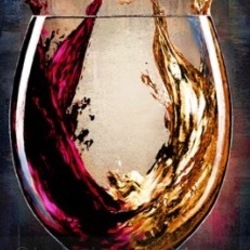
Château Ducasse
White Bordeaux Blend 2014
Nose has lemon juice mellowed in oak barrel, lemon peel, white peach peel, under-ripe white peach slice and dry sand.
Palate has lemon slice, tangerine peel, lemongrass, (light) oak influence, oxidized green apple slice, but wowie the acidity is zippy like a bottle of current vintage! — 5 years ago
Sand Point Family Vineyards
Lodi Cabernet Sauvignon 2016
Nice flavorful, dry Cab Sauv. Great wine for the price. — 6 years ago
Château Coutet
La Chartreuse de Coutet Sauternes Sémillon-Sauvignon Blanc Blend 2011
Quite consistent with my notes from ~6 months ago:
Nose has over-ripe apricot, almond oil, marzipan, meringue cookie and cold butter.
Palate has warmed apricot pie with extra flakey, buttery crust, sweet sand, white flower honey and mango.
Admittedly I love Sauternes and have many bottles, yet it's a rarity on opening and posting to the Community. We paired this bottle with a hard, smoked goat cheese from a local, Hudson valley producer, a solid match of sweet and salty. — 6 years ago
Sand Point Family Vineyards
Clarksburg Merlot 2013
2013 on Nov 2017 — 8 years ago
TenutÆ Lageder
Am Sand Gewürztraminer 2015
Very aromatic. Pineapple fruit on the nose, then turns dry with a light bitterness. Medium long finish. Medium bodied. Delicious. — 8 years ago
Thibaud Boudignon
Rosé de Loire Cabernet Franc Rosé 2016
Pretty thing. Maybe it's the quality behind cab franc rose or maybe I'm.. all-loired to the region nope doesn't work. Salmon color tint of orange, white cherries, white peach, some lemon, some tea. Not a fan of drier roses, but this is perfect. Very dry, touch of sand/salt minerality. There is decent depth in the body and flavors that should allow it to be flexible for whatever you want to eat. — 8 years ago


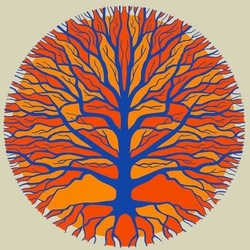
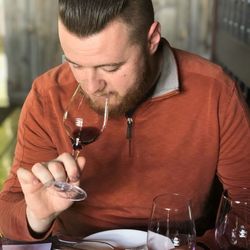




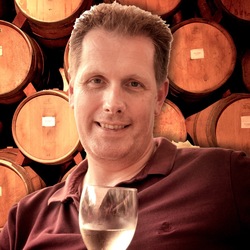

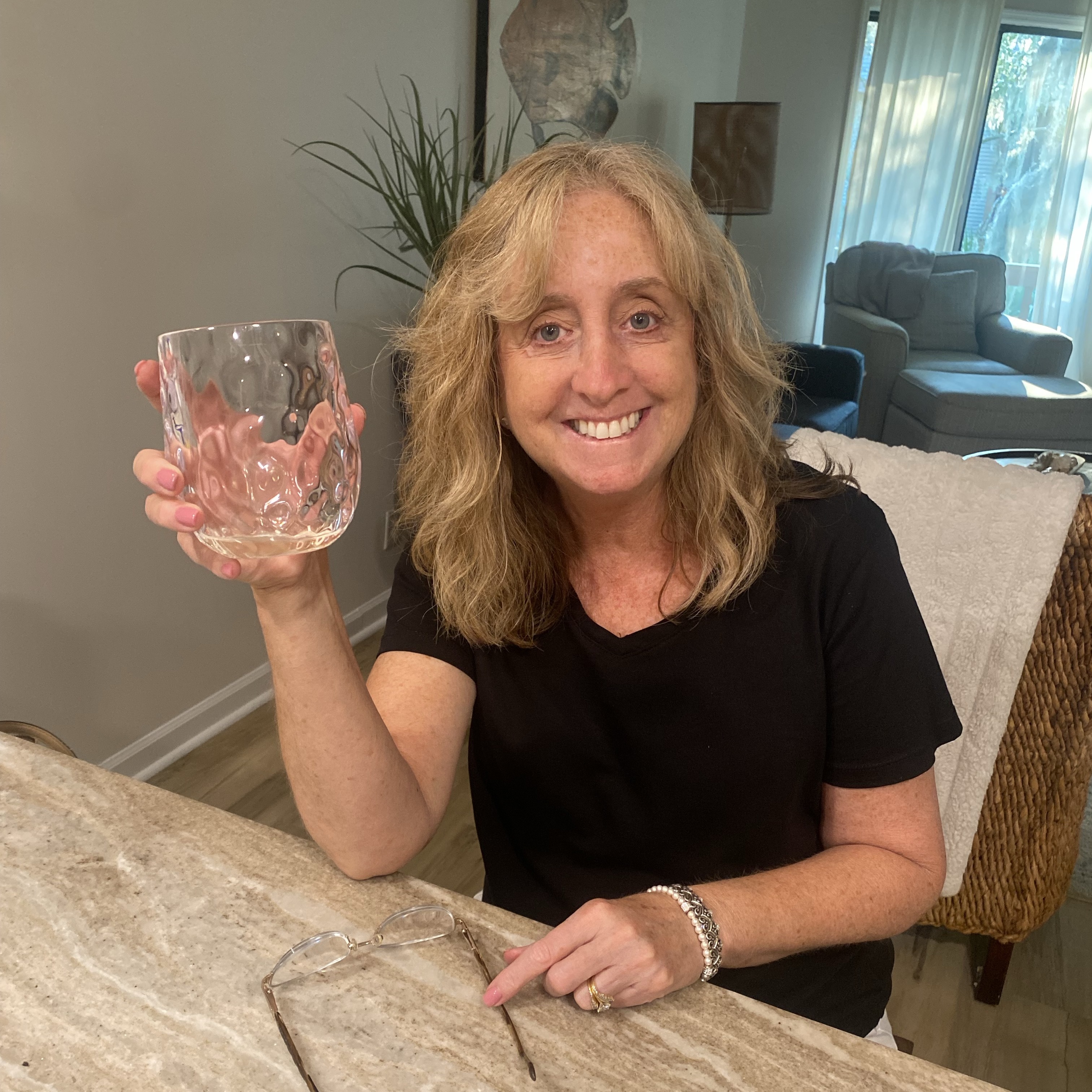


Tree Kilpatrick
Deep red brick color. Smells just a hint like some fruity vinegar. Flavors are complex and zippy. Juicy. A tad more going on than the Viano private stock Zin. Classic Contra Costa County old vine Zin. — 4 years ago